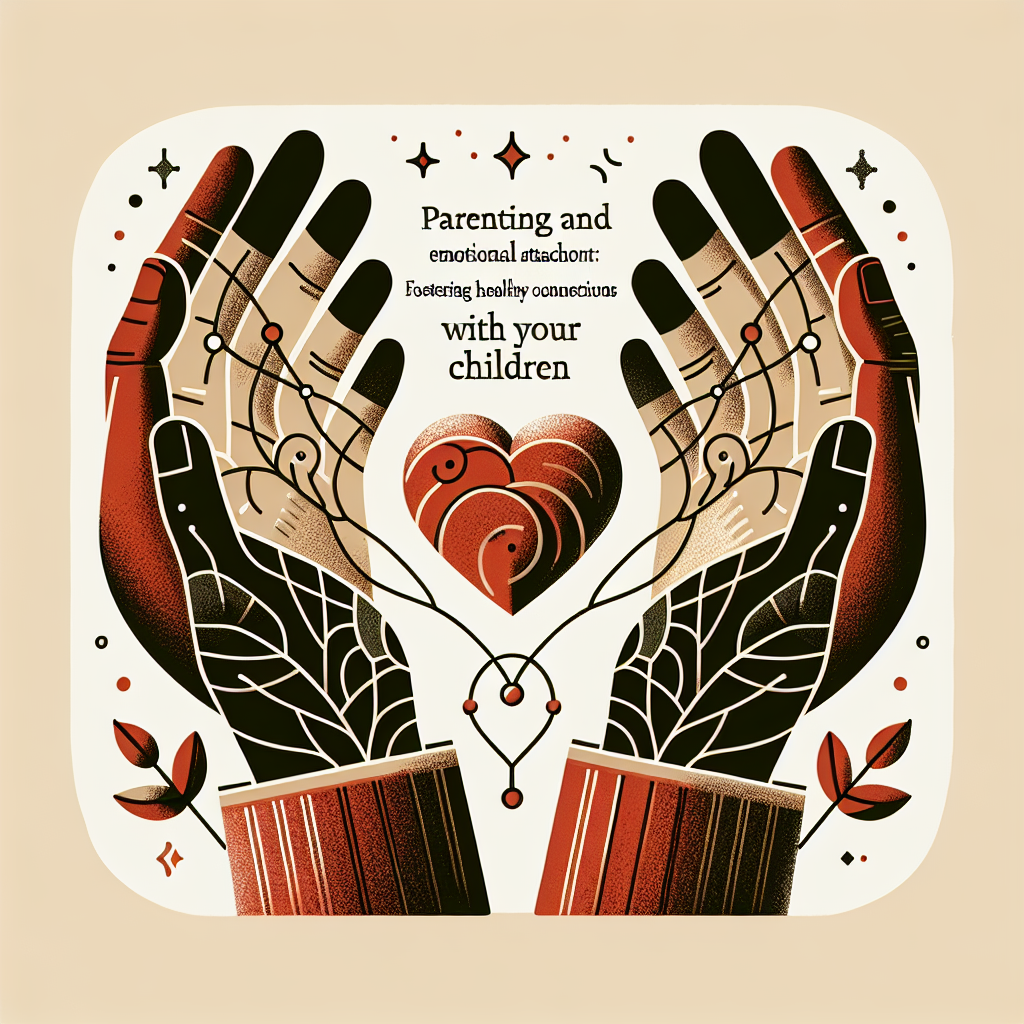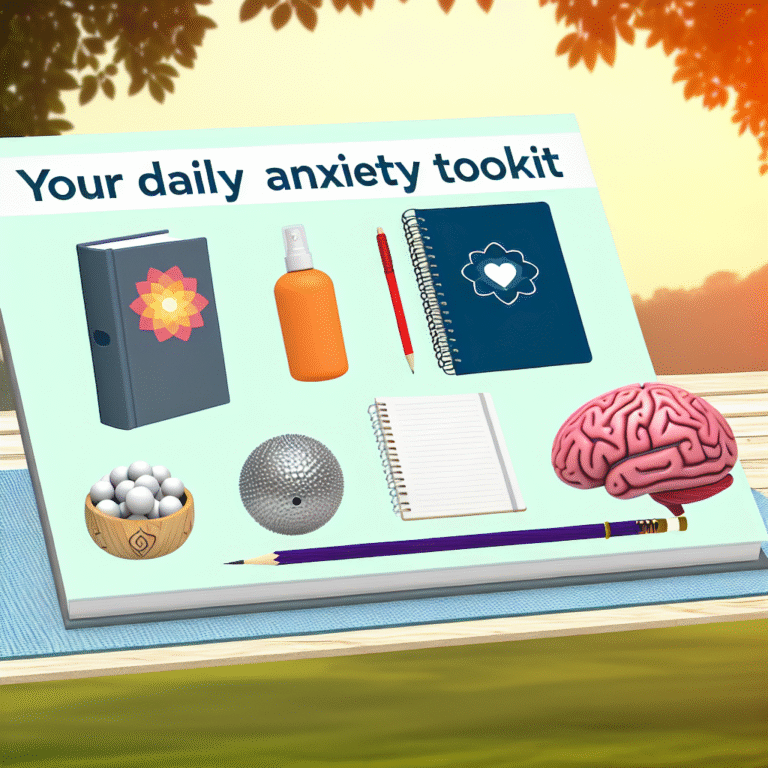
Introduction
In today’s fast-paced world, the importance of fostering healthy emotional connections between parents and children cannot be overstated. Parenting and emotional attachment are the foundations for a child’s well-being, influencing their social skills, resilience, and overall mental health. Establishing a robust emotional bond provides children with a secure base from which they can explore the world, learn, and grow. But how do we cultivate these vital connections? This article promises to deliver insights into parenting and emotional attachment: fostering healthy connections with your children, helping you navigate this rewarding yet challenging journey.
Understanding Emotional Attachment
What is Emotional Attachment?
Emotional attachment refers to the bond formed between caregivers and children that is critical for healthy emotional development. The theory of attachment, developed by psychologist John Bowlby, emphasizes how the emotional connections formed early in life can shape individuals’ relationships and behaviors throughout their lives.
Types of Attachment
- Secure Attachment: Children feel safe and understood, leading to confidence and resilience.
- Anxious Attachment: Children may exhibit clinginess or anxiety, stemming from inconsistent care.
- Avoidant Attachment: Children tend to distance themselves emotionally, often due to neglect.
- Disorganized Attachment: A combination of behaviors, often stemming from trauma or confusion.
Why is Emotional Attachment Important?
Emotional attachment serves as a foundation for children’s mental health. Securely attached children tend to develop strong social skills, emotional regulation, and higher self-esteem. Conversely, insecure attachments can lead to anxiety, depression, and difficulties in relationships later in life.
Fostering Healthy Connections: Practical Strategies
1. Consistent and Responsive Parenting
Understanding the emotional needs of children is vital. Being consistently responsive to your child’s needs can foster emotional security.
Case Study: The Miller Family
The Millers noticed that their son, Jake, was anxious about school. By having open conversations and being consistently there for him each morning, they fostered a sense of stability. Jake’s anxiety decreased significantly, showcasing the importance of responsive parenting.
2. Quality Time Over Quantity
It’s not the number of hours spent but the quality of interactions that matter. Engaging in activities your child enjoys can promote deeper connections.
| Activity Type | Example | Emotional Benefit |
|---|---|---|
| Playtime | Board games | Builds cooperation |
| Stories | Reading together | Enhances imagination |
| Outdoor Activities | Hiking | Promotes trust and teamwork |
3. Open Communication
Encouraging honest discussions about emotions helps children express themselves and understand their feelings better. Teach them that it’s okay to share fears and anxieties.
Case Study: The Johnsons
When Alana, a 10-year-old, began withdrawing, her parents initiated regular family meetings. The open dialogue made Alana feel valued and understood, significantly elevating her emotional well-being.
4. Show Affection
Physical affection, such as hugs or high-fives, reinforces emotional attachment. Non-verbal gestures can communicate security and love effectively.
| Emotional Expression | Action | Potential Impact |
|---|---|---|
| Love | Hugging | Increases feelings of safety |
| Encouragement | Praise for efforts | Boosts self-esteem |
5. Teach Problem-Solving Skills
Guiding children on how to navigate challenges fosters independence and resilience, thereby strengthening their emotional connection with you as a supportive figure.
Case Study: The Garcia Family
The Garcias encouraged their daughter, Mia, to come up with solutions to her problems rather than immediately providing answers. This not only built Mia’s confidence but also solidified her trust in her parents as mentors rather than just authority figures.
The Role of Parental Self-Care
Why Self-Care Matters
An essential aspect of parenting and emotional attachment: fostering healthy connections with your children is ensuring that parents take care of their own emotional health. When parents are emotionally grounded, they can provide better support.
- Practicing mindfulness and stress-relief techniques can lead to more patient and understanding interactions with children.
Strategies for Self-Care
- Set Boundaries: Learn to say no and protect your time.
- Stay Active: Physical health influences emotional health.
- Seek Support: Sharing with friends or joining parenting groups can lighten the emotional load.
Common Misconceptions About Emotional Attachment
Misconception 1: Secure Attachment is Easy to Achieve
It requires commitment, consistency, and effort. It’s not just about being present; it’s about being emotionally engaged.
Misconception 2: Attachment is Only About Infants
While crucial in infancy, attachment development continues through childhood and adolescence, impacting lifelong relationships.
Measuring Emotional Attachment
How can you assess if you are fostering healthy emotional attachment? Consider conducting simple reflections or using charts to track emotional milestones, such as:
| Indicators of Secure Attachment | Signs to Look For |
|---|---|
| Child expresses emotions freely | Open dialogues about feelings |
| Shows curiosity | Initiates play and exploration |
| Seeks comfort from parents | Looks to you during distress |
Conclusion: The Path Forward
In conclusion, understanding parenting and emotional attachment: fostering healthy connections with your children is essential for nurturing emotionally healthy individuals. As parents, by being responsive, engaging in quality time, maintaining open communication, showing affection, and promoting problem-solving skills, we can create secure emotional bases for our children. Remember, the effort we put into emotional attachment today will yield rewards for a lifetime.
By prioritizing both your emotional well-being and your child’s, you not only strengthen your bond but also pave the way for their success and happiness in the future. Let today be the day you take that first step toward fostering a richer, more connected relationship with your child.
FAQs
1. What age is critical for emotional attachment development?
Emotional attachment forms primarily in the first two years of life but continues to be crucial through childhood and adolescence.
2. How can I tell if my child feels attached to me?
Signs include your child seeking comfort from you during distress, showing affection, and being open about their feelings.
3. Is it possible to change a negative attachment style?
Yes, with dedicated effort, open communication, and possibly therapy, you can help create a more secure attachment style.
4. How much quality time should I spend with my child?
Aim for at least 15-30 minutes of focused, distraction-free time daily to promote emotional connection.
5. What if I didn’t have a secure attachment with my parents?
Understanding your attachment style can help you make conscious changes. Awareness is the first step in fostering healthier connections with your own children.
The journey of parenting and emotional attachment: fostering healthy connections with your children may be intricate, but it is undeniably rewarding. Embrace the process and watch as both you and your child flourish.
















